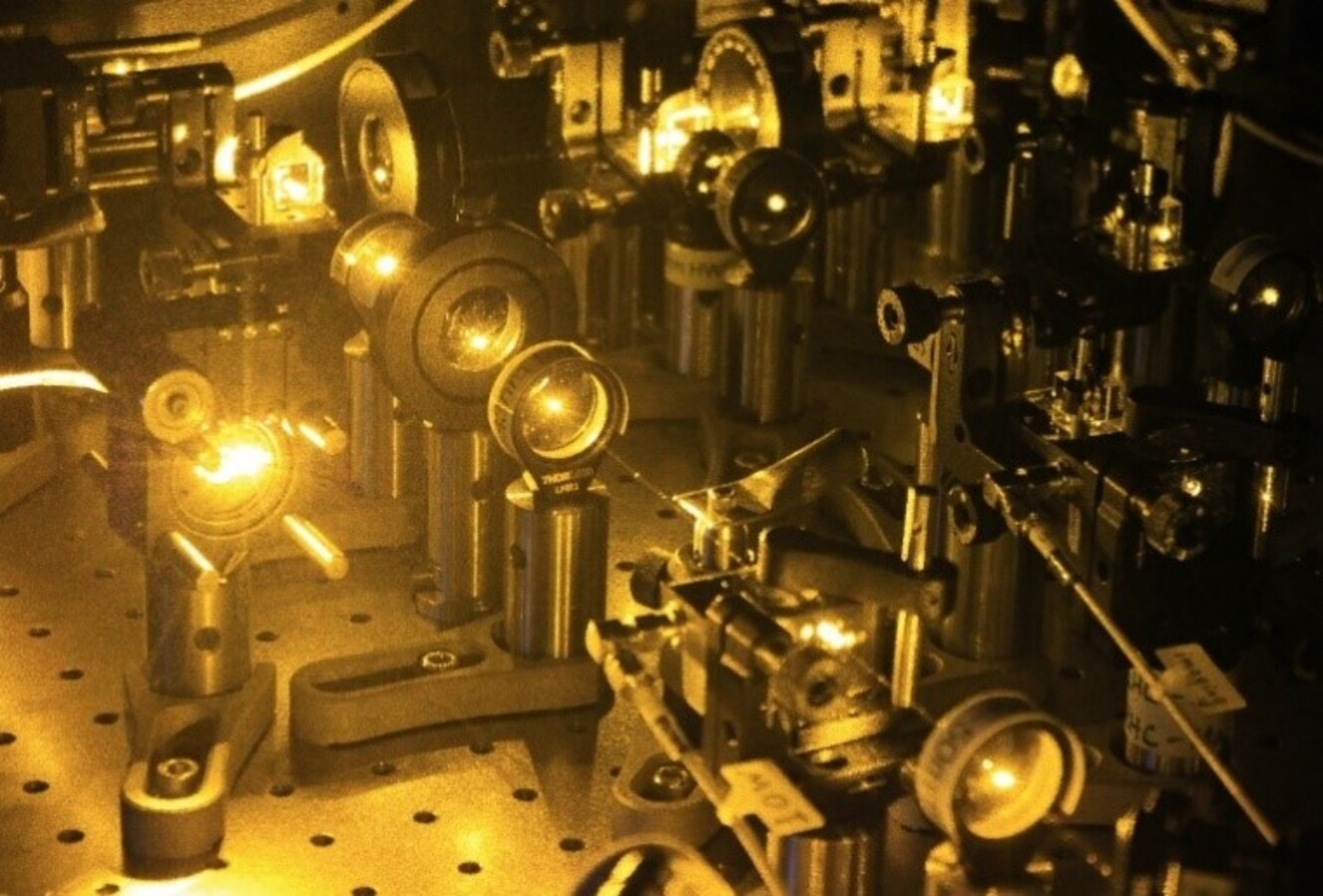Quantum physicists take a cold hard look at atoms
As an experimental quantum physicist, Dr Jo Gyu-Boong (Croucher Innovation Award 2016) of the Hong Kong University of Science and Technology, is interested in just how close an atom can get to absolute zero, a temperature of zero kelvin which is mathematically unreachable under the third law of thermodynamics.
To do this, Jo and his team are looking at new ways of gaining quantum control by manipulating particles with a pair of laser tweezers.
“We shine a laser light so that whenever the particle moves to the right, we kick it back and if it moves to the left, we kick it back again,”
Their aim is to use these lasers to calm the atom until it is almost totally at rest, putting its temperature at just above absolute zero. At this temperature, outside interference can be rejected, and the particle exists in its pure state.
“By doing this, we can observe the particle’s quantum phenomenon,” Jo says.

The team’s research shows that the closer a particle gets to absolute zero, the more mysterious its properties become.
Liquid helium, for example, becomes a superfluid at low enough temperatures, allowing it to penetrate through cracks as narrow as the width of a molecule or remain perfectly still while spinning at high speeds.
When atoms are cooled to near-absolute zero, they can form the Bose-Einstein condensate, in which the atoms are hardly moving relative to each other, causing them to clump together and enter the same energy state. The entire group then starts to behave as if it were a single super-atom.
Jo says bringing this theory into practical experiments is where the challenge begins.
“It’s very complex and requires sophisticated devices,” he says. “Even if we manage to get the particles down to these very low temperatures, keeping them there is extremely difficult.”
While theories of laser cooling are not particularly new, Jo’s research and experimentation may lead to a number of real world use cases.
For most quantum computers, heat is the enemy. Heat creates error in the qubits that make a quantum computer tick, scuttling the operations the computer is carrying out. So quantum computers need to be kept very cold, just above absolute zero.
Modelling and simulations performed by supercomputers are heavily relied on in the pharmaceutical industry.
“Artificial intelligence programs, such as AlphaFold, rely on cold atoms and supercomputers to predict protein structures for creating vaccines and medicines,” he says.
As for the next five years, Jo says that questions being asked now are likely to create entirely new avenues of inquiry in this field of study.
“The next five years? My feeling is that it might become easier to talk to the general public about this area of research because there will be more use cases. I hope this leads to a greater appreciation of quantum technologies.”